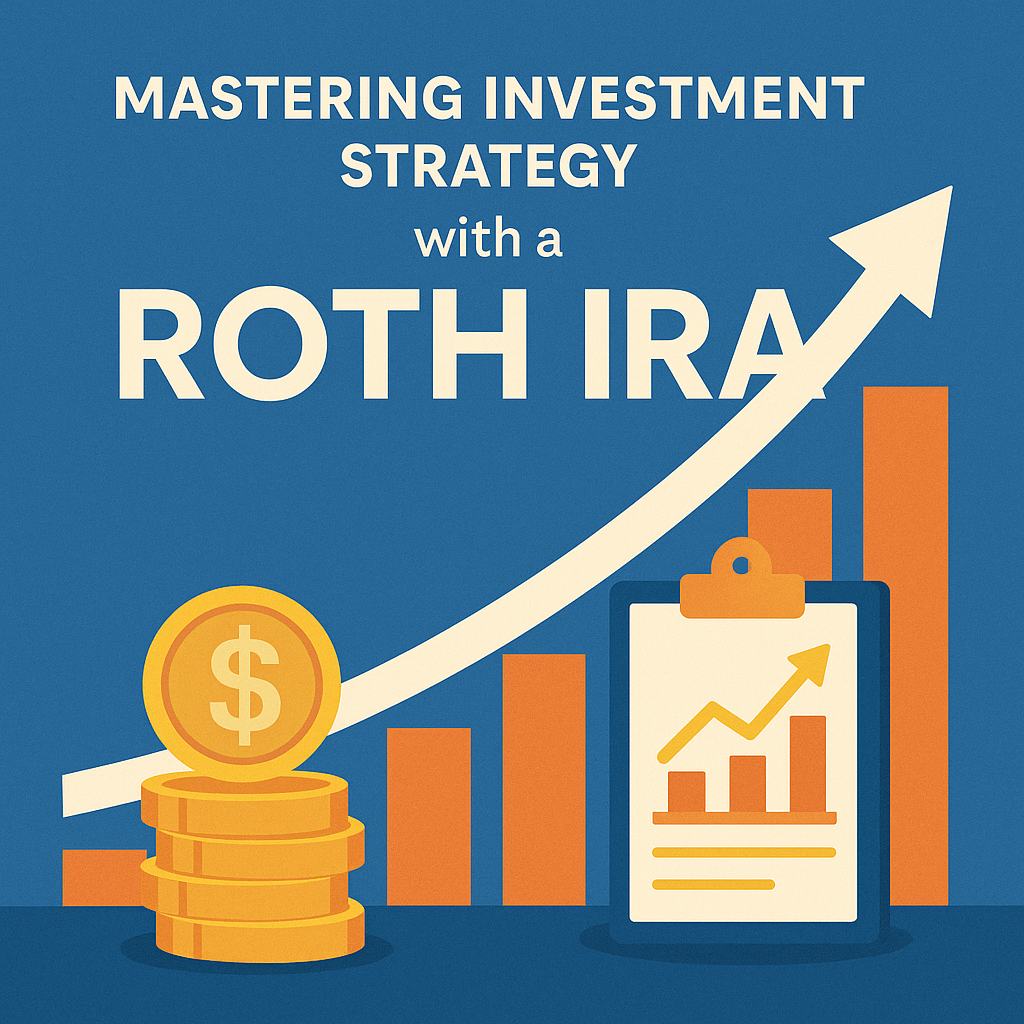Mastering Investment Strategy with a Roth IRA
Gabriel Watts
2025-10-31
6 min read

A Roth IRA is a type of individual retirement account that allows individuals to save for retirement while enjoying tax-free growth on investments. While the idea of retirement savings can seem complex, Roth IRAs offer a simple and flexible way to grow wealth for the future. If you're wondering what exactly a Roth IRA is, how much you can contribute, and how it compares to other retirement accounts like a 401(k), this article covers the essentials.
What Is a Roth IRA?
A Roth IRA (Individual Retirement Account) is a special kind of retirement savings account that offers unique tax benefits. Unlike a traditional IRA or a 401(k), contributions to a Roth IRA are made with after-tax dollars, meaning you pay taxes on the money before it goes into the account. The big advantage comes when you withdraw funds: qualifying distributions from a Roth IRA are completely tax-free, provided certain conditions are met.
Because of this feature, Roth IRAs can be a great option for those who expect to be in a higher tax bracket during retirement than they are today. Additionally, there are no required minimum distributions (RMDs) during the account holder’s lifetime, which allows the money to continue growing tax-free for as long as it stays in the account.
Contribution Limits
Each year, the IRS sets a limit on how much individuals can contribute to a Roth IRA. For 2025, the contribution limit is $6,500 for individuals under the age of 50. If you’re 50 or older, you can contribute an additional $1,000 as a catch-up contribution, bringing the total limit to $7,500. These limits are set annually, so they can change based on inflation or other factors.
However, not everyone is eligible to contribute the maximum amount. Roth IRAs have income limits, which are based on your modified adjusted gross income (MAGI). If your income exceeds certain thresholds, your ability to contribute to a Roth IRA may be reduced or eliminated altogether. For instance, in 2025, single filers with a MAGI of $153,000 or more are phased out of eligibility to contribute directly to a Roth IRA.
Roth IRA vs. 401(k): What’s the Difference?
While both a Roth IRA and a 401(k) are retirement savings vehicles, there are key differences between the two:
- Contribution Limits: A 401(k) typically allows for higher annual contributions compared to a Roth IRA. For 2025, you can contribute up to $22,500 to a 401(k) if you're under 50, or $30,000 if you're 50 or older. This is significantly more than the Roth IRA contribution limit.
- Tax Treatment: The main difference between a Roth IRA and a traditional 401(k) is the way they handle taxes. With a Roth IRA, you pay taxes on contributions upfront, but the withdrawals are tax-free in retirement. On the other hand, a 401(k) allows you to contribute pre-tax dollars, which reduces your taxable income for the year, but you’ll pay taxes on the money when you withdraw it in retirement.
- Employer Contributions: A 401(k) may allow your employer to make contributions to your retirement account, which can be a huge benefit. Employers often match employee contributions up to a certain percentage, giving you free money to boost your retirement savings. Roth IRAs, however, do not offer this option, as they are individual accounts and are not linked to an employer.
- Investment Choices: A Roth IRA typically provides more flexibility in terms of investment options. With a 401(k), the investment options are limited to those offered by the plan administrator, usually a selection of mutual funds or other pooled investments. A Roth IRA, on the other hand, allows individuals to choose from a wider array of investments, including stocks, bonds, and exchange-traded funds (ETFs).
A Roth IRA is a powerful tool for building retirement savings, especially for those who want tax-free growth and more control over their investments. While contribution limits may be lower than other retirement accounts like 401(k)s, the tax benefits and flexibility make it a popular choice for many. Understanding the differences between these accounts and knowing the contribution limits can help you decide which account works best for your retirement goals.
Sources:
- Internal Revenue Service (IRS): Roth IRAs
- Investopedia: Roth IRA: What It Is and How It Works
More Trending Articles
Dental Implant Grants: Improving Dental Health With Cost-Effective Solutions
Gabriel Watts
2025-11-06
